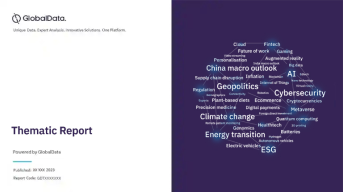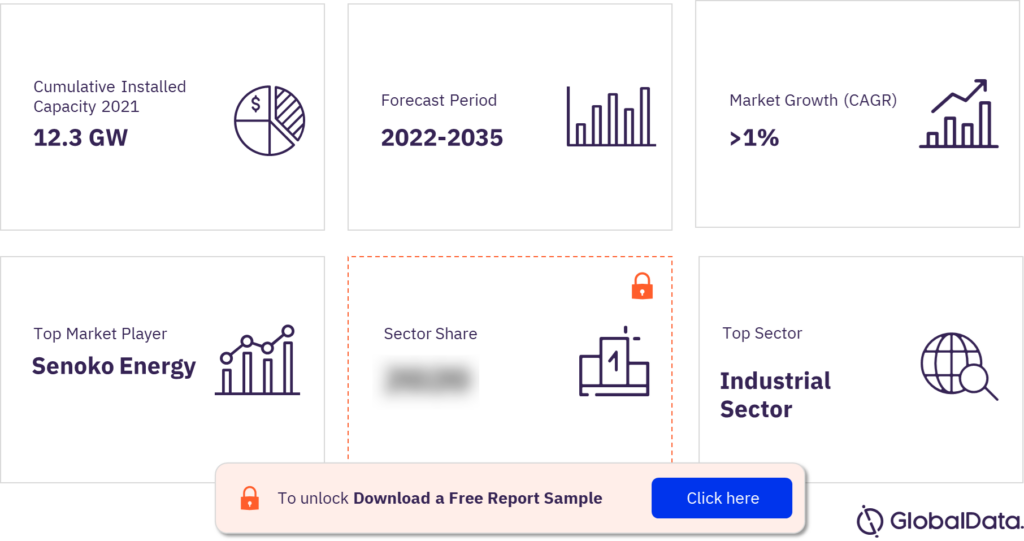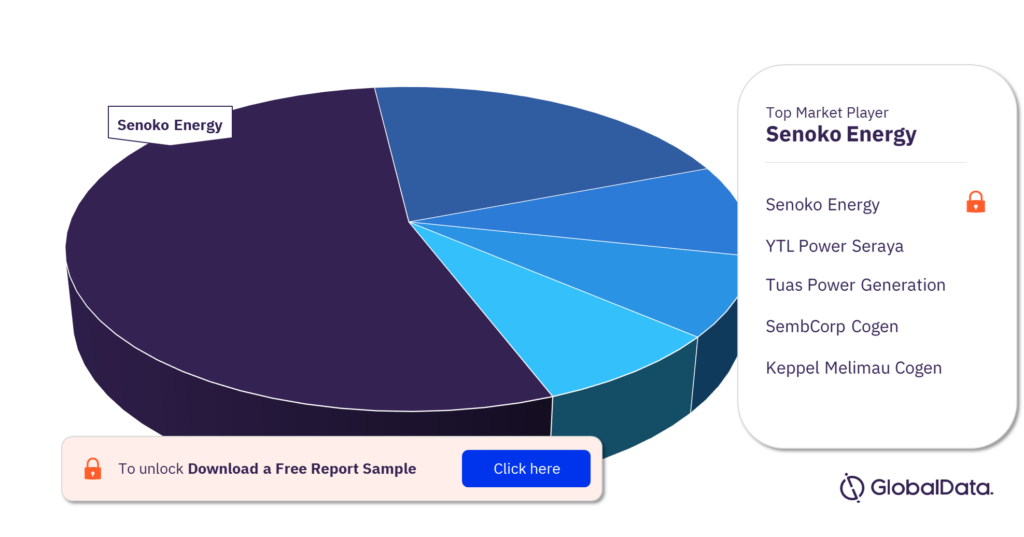Singapore Power Market Size and Trends by Installed Capacity, Generation, Transmission, Distribution, and Technology, Regulations, Key Players and Forecast, 2022-2035
Powered by ![]()
All the vital news, analysis, and commentary curated by our industry experts.
Singapore Power Market Overview
The Singapore power market cumulative installed capacity was 12.3 GW in 2021. The market is expected to grow at a CAGR of more than 1% from 2021 to 2035. During this period, renewable power is estimated to witness rapid growth while thermal power will remain the dominant technology in the capacity mix.
The Singapore power market research report discusses the power market structure of Singapore and provides historical and forecast numbers for capacity, generation, and consumption up to 2035. Detailed analysis of the country’s power market regulatory structure, competitive landscape, and a list of major power plants are provided. The report also gives a snapshot of the power sector in the country on broad parameters of macroeconomics, supply security, generation infrastructure, transmission and distribution infrastructure, electricity import and export scenario, degree of competition, regulatory scenario, and future potential.
Singapore Power Market Outlook
To gain more information on the Singapore power market forecast, download a free report sample
What are the market dynamics in the Singapore power market?
The Singaporean economy is one of the most developed and successful in the world. However, it is not an entirely free-market economy – it can be described as a mixed economic system. The government promotes free-market policies, but strong government intervention has been observed in the land, labor, and other capital resources.
The power sector is regulated by the Energy Market Authority (EMA), which falls under the energy division of the Ministry of Trade and Industry (MTI). The wholesale electricity market is regulated by the Energy Market Company (EMC). The government has policies that favor the growth of renewable power, but it is reluctant to provide either subsidies or Feed-in Tariffs (FiTs). This is due to its desire for the sector to grow into a robust system that is not dependent on the government for survival.
Singapore has been traditionally dependent on thermal power generation to meet its electricity needs. It imports all the gas and oil that it uses for power generation, as well as the coal it uses for coal-based power generation, which began in 2013. As Singapore has such a high reserve capacity, it is planning to gradually reduce its growth (primarily its thermal capacity) and replace it, to an extent, with renewable capacity. The aim is to maintain a certain baseload capacity from thermal power and make up for peak demand with renewable power, which is more intermittent. As the country has to import gas to generate power, which makes domestic power generation expensive, Singapore is planning to import power from neighboring countries.
What are the key sectors in the Singapore power market?
The key sectors in the Singapore power market are the residential sector, commercial sector, industrial sector, and transport sector. In 2021, the industrial sector had the dominant share in the power consumption market followed by the commercial sector and residential sector.
Singapore Power Market Analysis by Sectors
For more sector insights, download a free report sample
Who are the key market players in the Singapore power market?
Some of the key market players in the Singapore power market are Senoko Energy, YTL Power Seraya, Tuas Power Generation, SembCorp Cogen, and Keppel Melimau Cogen. In 2021, Singapore’s power generation market was dominated by Senoko Energy and it was closely followed by YTL Power Seraya.
Singapore Power Market Analysis by Market Players
To know more about key market players, download a free report sample
Market Report Overview
| Market size (Year – 2021) | 12.3 GW |
| Growth rate (CAGR) | >1% |
| Key sectors | Residential Sector, Commercial Sector, Industrial Sector, and Transport Sector |
| Key market players | Senoko Energy, YTL Power Seraya, Tuas Power Generation, SembCorp Cogen, and Keppel Melimau Cogen |
Scope
- Snapshot of the country’s power sector across parameters – macroeconomics, supply security, generation infrastructure, transmission infrastructure, electricity import and export scenario, degree of competition, regulatory scenario, and future potential of the power sector.
- Statistics for installed capacity, generation, and consumption from 2010 to 2021, and forecast for the next 14 years to 2035
- Capacity, generation, and major power plants by technology
- Data on leading active and upcoming power plants
- Information on transmission and distribution infrastructure, and electricity imports and exports
- Policy and regulatory framework governing the market
- Detailed analysis of top market participants, including market share analysis and SWOT analysis
Reasons to Buy
- Identify opportunities and plan strategies by having a strong understanding of the investment opportunities in the country’s power sector
- Identify key factors driving investment opportunities in the country’s power sector
- Facilitate decision-making based on strong historic and forecast data
- Develop strategies based on the latest regulatory events
- Position yourself to gain the maximum advantage of the industry’s growth potential
- Identify key partners and business development avenues
- Identify key strengths and weaknesses of important market participants
- Respond to your competitors’ business structure, strategy, and prospects
YTL PowerSeraya
Tuas Power Generation
SembCorp Cogen
Keppel Merlimau Cogen
Table of Contents
Table
Figures
Frequently asked questions
-
What was the Singapore power market size in 2021?
The power market size in Singapore was 12.3 GW in 2021.
-
What is the Singapore power market growth rate?
The power market in Singapore is expected to grow at a CAGR of more than 1% from 2021 to 2035.
-
What are the key sectors in the Singapore power market?
The key sectors in the Singapore power market are the residential sector, commercial sector, industrial sector, and transport sector.
-
Who are the key market players in the Singapore power market?
Some of the key market players in the Singapore power market are Senoko Energy, YTL Power Seraya, Tuas Power Generation, SembCorp Cogen, and Keppel Melimau Cogen.
Get in touch to find out about multi-purchase discounts
reportstore@globaldata.com
Tel +44 20 7947 2745
Every customer’s requirement is unique. With over 220,000 construction projects tracked, we can create a tailored dataset for you based on the types of projects you are looking for. Please get in touch with your specific requirements and we can send you a quote.













